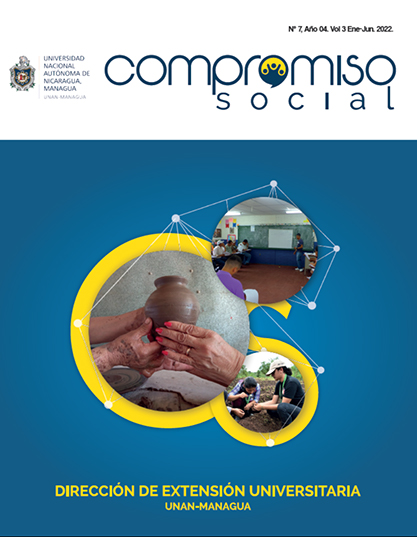Application of the Learning by doing method within the OSCE strategy: a pedagogical experience
Keywords:
Strategies Methodological, Good Practices, AcademicAbstract
Each time academic practice becomes more attractive, rigorous and productive; The challenge of higher education is to train well-rounded individuals capable of solving problems in society. The pioneers of the new school have revolutionized the traditional practices of higher education, to the point that they have turned the student into an active and participatory being, capable of constructing their own learning. The field of Nursing is so complex that it needs a strict training with scientific-practical foundations to receive in its hands the life of the population demanding health services with quality and human warmth, in search of these results we have set ourselves as an objective apply the Learning by doing method within the ECOE strategy, to allow the development of skills through trial and error before meeting the patient. The application of these strategies has had a positive impact on the achievement of competencies of the second-year nursing students of the FAREM-Chontales, so that it was satisfactory, since the results show a general average of 4.28, and according to the evaluated component, it is located between 4 and 4.8. The success of this result lies in the design of the instruments and the flexibility of the evaluation.
Downloads
Downloads
Published
How to Cite
Issue
Section
License
Copyright (c) 2022 Universidad Nacional Autónoma de Nicaragua, Managua (UNAN-Managua)

This work is licensed under a Creative Commons Attribution-NonCommercial-ShareAlike 4.0 International License.




